In our next chat with sustainable pioneers, we sit down with Mike Eschen, Co-Owner of Black Iron Horse, a producer of sustainable cargo bikes based in Copenhagen, Denmark.
Disclaimer: I had the pleasure of working for Black Iron Horse before I moved to Barcelona and have a lot of faith in their mission. That being said, I’ve done my best to ask pertinent, challenging questions around the topic of urban mobility!
With that out of the way, let’s begin!
Cycling is synonymous with the global shift towards a more sustainable future. Studies have shown that even if one in five urban dwellers swapped a single car journey per day, emissions from all car travel in Europe would drop by 8%.
Plus, cycling and the related infrastructure have the added benefit of contributing to more liveable cities and better use of urban space (take Barcelona’s Superilla Project for instance).
I was fortunate to catch up with Mike Eschen from Black Iron Horse to gain some insight into the cycling industry, sustainable business practices, and what the future of urban mobility may hold.
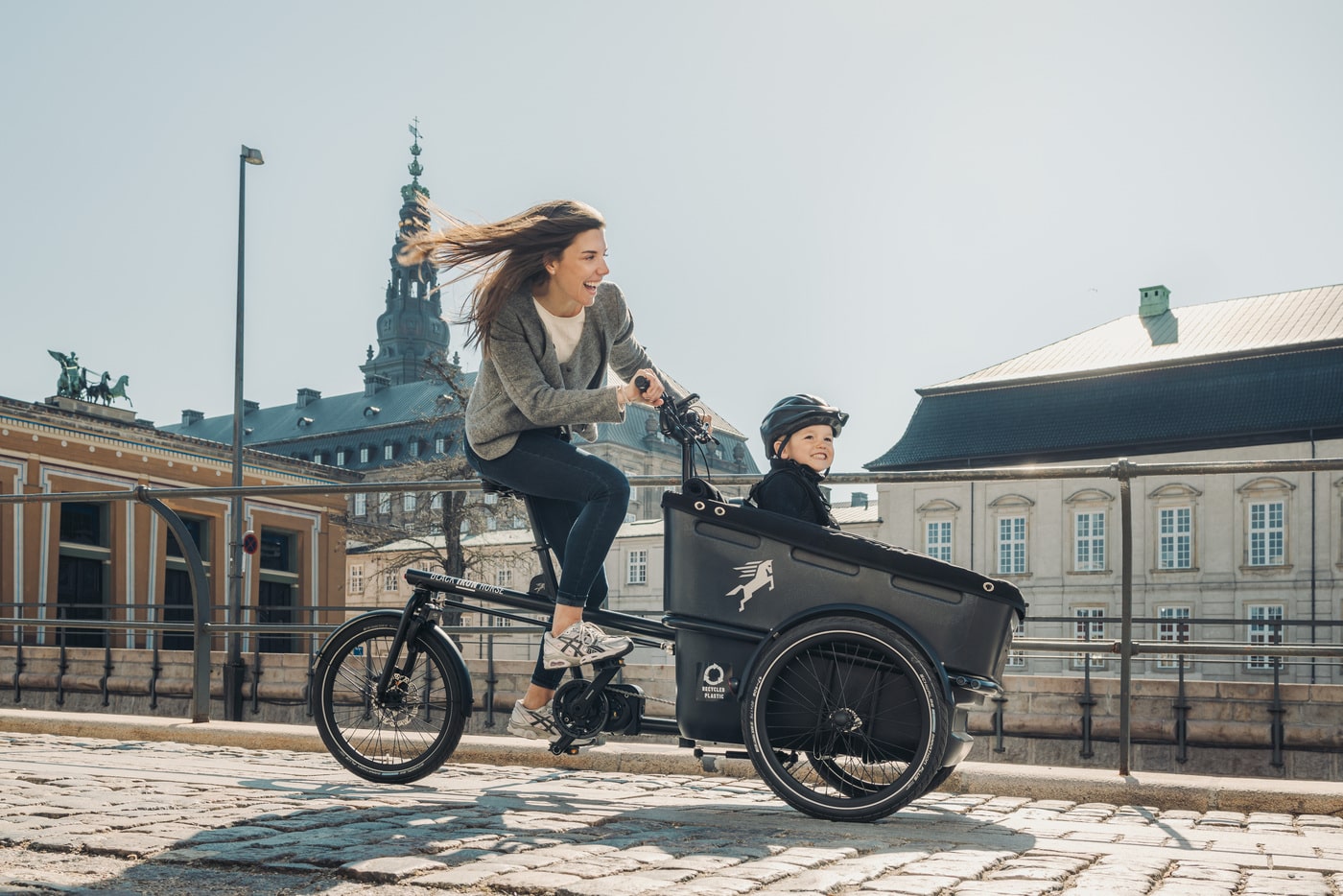
Let’s start with you telling us a bit about Black Iron Horse and your mission.
Black Iron Horse started out in 1996 in Copenhagen, when the founder, Lars Leikier, invented the rear-wheel steered cargo bike. Back then, he was trying to come up with a bike that took a different approach than the existing cargo bikes that were on the market.
They were pioneers at the time. There were only two manufacturers, so you either went with Black Iron Horse or Christiania. The original idea behind the bike was not only transporting children or goods but actually trying to be an alternative to a car.
So that’s where it all started, and that idea about being an alternative to a car is something we are still working with and thinking about: how can we be a real daily alternative?
Black Iron Horse has evolved from 1996 to today. More and more bikes have been sold and we renewed the product portfolio in 2018 when myself and Co-Owner Jesper Lindahl-Berg entered the company. We changed the design of the bike, and we took it another notch in terms of sustainability when we changed the boxes on all our bikes from aluminum to recycled plastic.
We’ve been working with the “alternative to a car” idea by developing an even bigger bike, called the Polly, which is based on the original design. It is able to take an entire family: two parents, two kids, and some groceries as well.
To be honest, I think we are more of an alternative to owning a second car than a car overall. For some families, we are able to be an alternative to car number one, but for most families, we are able to replace their second car, which is an important start.
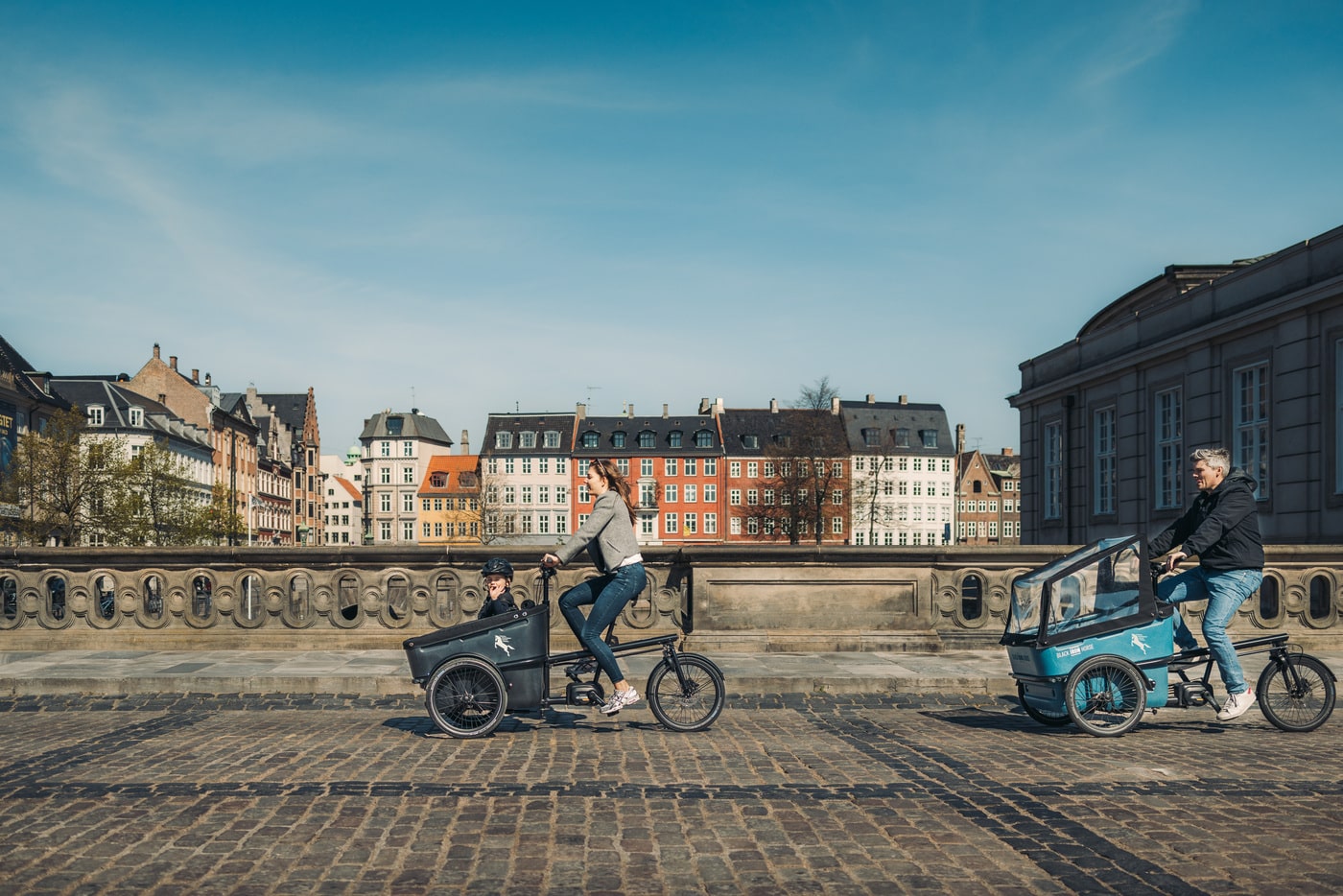
You touched on it a bit, but Black Iron Horse uses some interesting and unique technology, can you tell us a bit about what sets you apart and what the catalyst was to make your bikes so different?
We’ve been producing our bikes in Denmark since 1996, which is very rare. Of course, it was normal in the 90s when the bike was invented, but in the late 2000s-early 2010s a lot of Danish bike manufacturers moved their production to Asia instead. I don’t know the exact number, but I would say something like 90% of all the world’s bikes are produced in Taiwan or China.
We try to stick to local production. Some of the metal parts are made in Ukraine, but the majority of the bike is still being made in Denmark, including the welding and painting. The idea is to make our bikes as close to our customers as possible. Right now our main market is in Northern Europe, so it is natural for us to have the production here.
We also differentiate by using recycled material. All our cargo boxes are made using recycled plastic. Some of the plastics have less interesting stories, such as industrial waste. But we also recycle artificial grass, fish nets, agricultural nets, and so forth. A great part of this is that it’s a very easy benefit for families to understand and support.
Otherwise, we are still working to source as much as possible from Europe instead of Taiwan. Nothing is wrong with Taiwan, let me say that, they have some of the best bike builders in the world. But in terms of sustainability, we want to get more local.
So source locally, produce locally, and find customers locally.
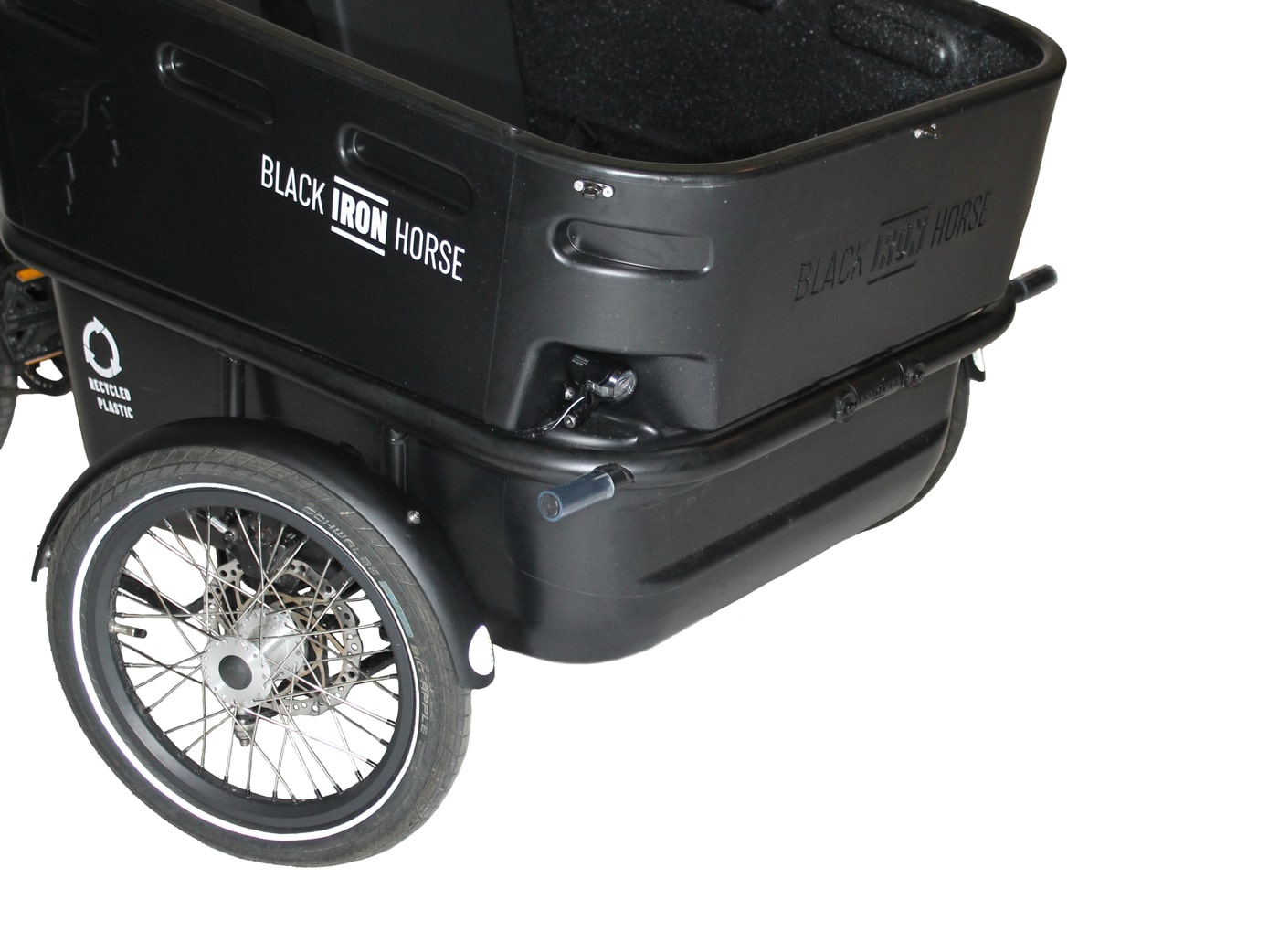
And that ultimately shortens supply lines and results in less shipping emissions?
Exactly. There are two aspects to it.
First, it doesn’t make sense to have a really big piece of steel made in China and shipped to Denmark in terms of CO2.
Second, the security of our supply chain. Even during Covid, we were able to get frames at all times, whereas some of our competitors couldn’t get them because they had to be shipped from China.
Cycling is synonymous with sustainability these days but has it always been top of mind for the company?
It hasn’t always been a focus.
Local production wasn’t a sustainability choice when Black Iron Horse first started. It was more a matter of saying “we’re producing it here because we know how and we’re sure about the quality and the supply chain”. When Jesper and I got involved it was already happening, then we started asking ourselves how we could do more.
That’s also why we chose Black Iron Horse, or Sorte Jernhest as it was called then. Because it was made locally, then we were just trying to continue that work.
 With all that in mind, what does sustainability mean to Black Iron Horse today?
With all that in mind, what does sustainability mean to Black Iron Horse today?
We try to do it in a few ways day-to-day. As I mentioned before: local production, close to where our customers are.
Manufacturing products that last a long time is also key. Producing something locally that only lasts a few years is not sustainable. We work to create bikes that can last for decades—that’s sustainable.
Then there’s also the financial sustainability to keep in mind. Being owned by the foundation is very important to us, as well as the ability to give something back to society.
Sustainability is a lot of things. It’s producing in a sensible way, trying to keep CO2 emissions down, making sure what we produce lasts a long time and financial sustainability.
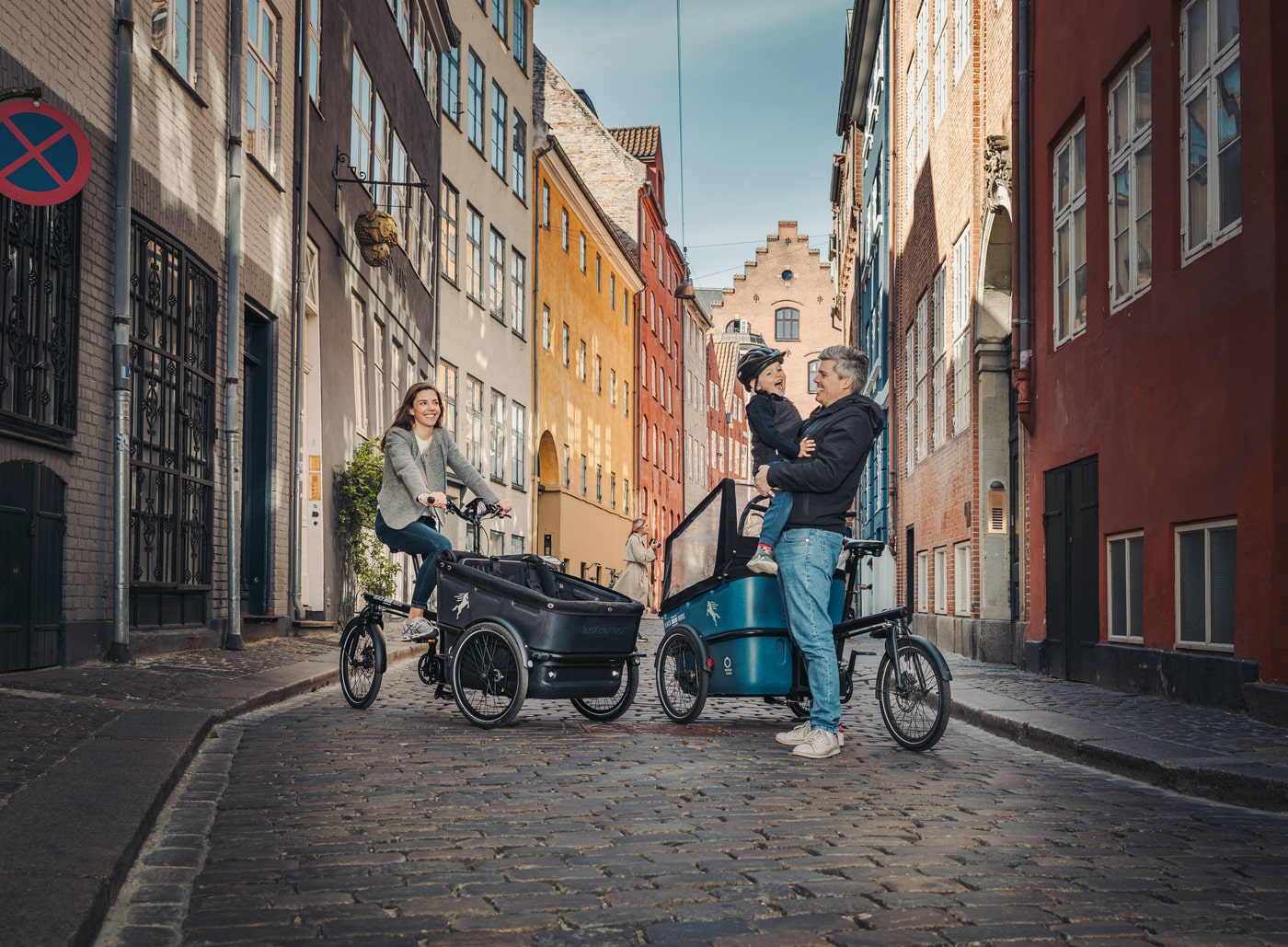
That leads nicely into my next question: you recently announced Ebbefos Foundation as a new majority shareholder, can you tell us a bit about that decision?
Jesper and I knew that at some point we would have to do something differently. We had to scale up the business because producing bikes is very costly, takes a lot of people, the inventories get big, and it requires a lot of funding.
Then, the Ebbefos Foundation’s founder, Morten, reached out to us in early 2022 to see if we would be interested in working together. He had sold his company and wanted to use the funds to start a foundation that would become a majority shareholder in a few businesses that could contribute profits to the foundation’s work.
We really liked the idea because it meant that every time we made 100 DKK, 60 would go to the foundation to support disenfranchised youth. That just felt right – better than getting a hedge fund in, and every time we made 100 DKK they would take 60, and someone rich would get even richer.
That’s another way we’re trying to do something good.
How do the foundation’s charitable goals align with Black Iron Horse’s sustainability goals?
In simple terms, they’re both “feel good” subjects. It feels good to be able to make a nice product and contribute to a better world.
I think it also feels good for our team to know that what they do has a bigger purpose. When they come to work at Black Iron Horse they know they’re not just working for a single owner. We’re trying to do something for the environment, trying to do something for young people. Hopefully that “why” is something that people can understand.
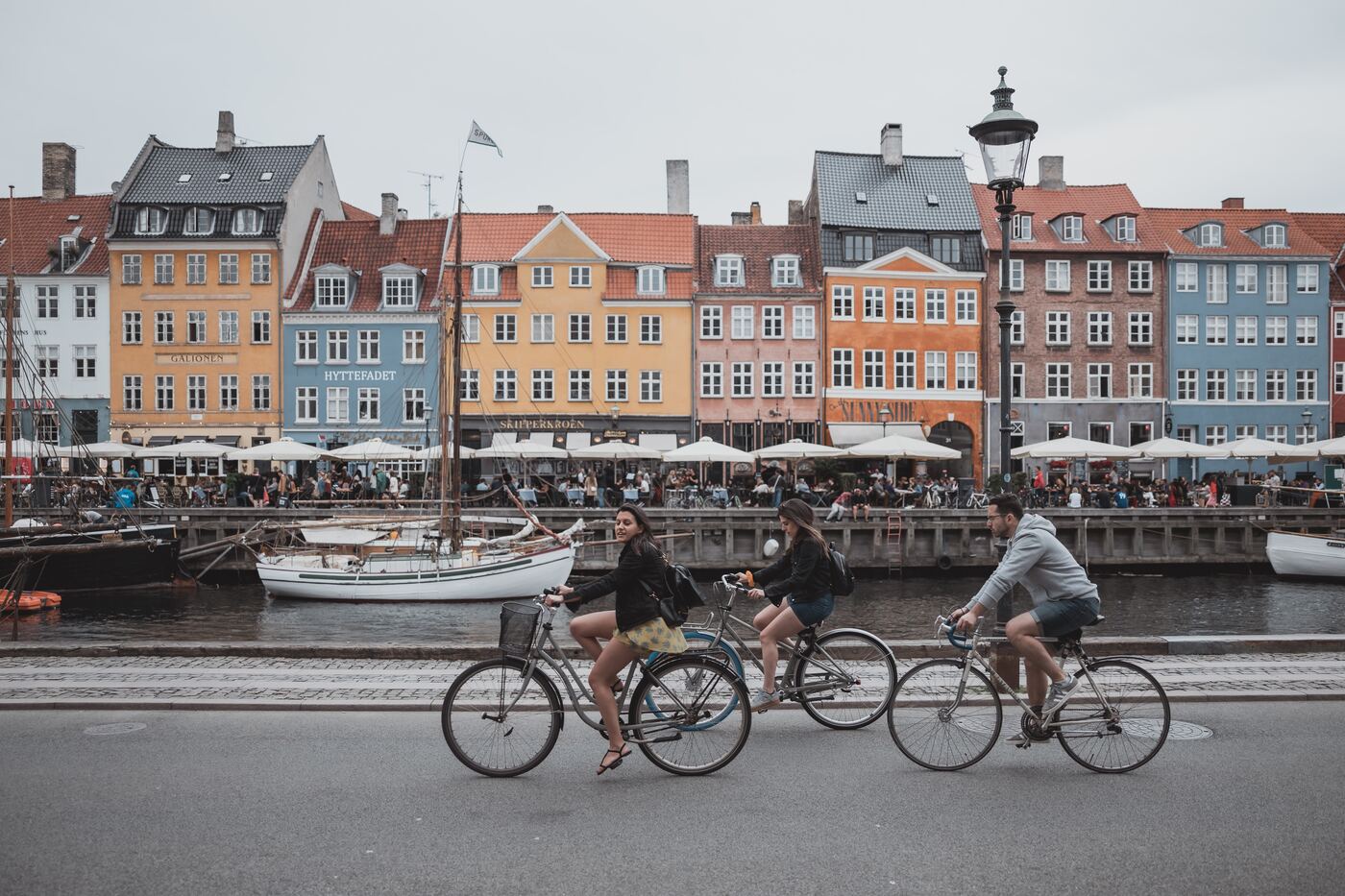
Moving away from that side of things, how do you foresee the future of urban mobility based on your experience in the cargo bike industry?
Well we were just in Canada and we can tell that everywhere we go, whichever city we are visiting these days, the local governments are all trying to improve the infrastructure for bikes.
Everyone is trying to do that. It’s just a matter of how progressive they are, but with the climate agenda, it seems that everyone wants to have green cities with parks and people biking instead of cars. For sure, we’re seeing this more and more and more, and there’s also a demand that is starting to grow.
With that being said, the entire bike industry is taking a dive this year. We had a crazy rise in demand during Covid; we couldn’t get parts but this year everything has dropped. All the supplies we could need are sitting in the warehouses and could be delivered tomorrow if we needed them.
Everything has changed now, so I think the entire industry will take a short-term blow but will grow overall. The biggest difference is that there may be fewer manufacturers. We’re quite happy to have the foundation backing us up so we can take a bad year or two and still stay in business.
Are you aware of anywhere that’s leading the way in terms of sustainable urban mobility development? Countries like Denmark and the Netherlands are ahead of the curve, are there any places you see catching up?
I was really impressed with our trip to Montréal. They have lots of bike lanes now and have been working with Copenhagenize, an agency that helps cities improve bicycle culture, planning, traffic, and communications.
I was kind of amazed because it felt like the city had improved quite rapidly and they were really proud of it.
All that said, I can’t really point to one place that is emerging as a new leader in cargo bike demand.
Black Iron Horse offers bikes for everything from transporting solely cargo to up to 6 children. Do you find this covers most use cases, or are there plans to add to the product line to attract more people to the cargo bike lifestyle?
Yes, we just added a new bike called the Ibex to our line, which is steered with the front wheels instead of our original rear-wheel design (Mike shows me a 3D-printed model of the bike). The rear-wheel works perfectly in flat cities like Copenhagen, Brussels, or Berlin but as soon as you’re somewhere with different infrastructure, cobblestones, or big hills you need a different style of bike.
We made the Ibex to be more intuitive to ride, and it also has suspension for people that ride outside of bicycle lanes. I believe it’s the 3-wheel cargo bike with the smallest footprint on the market, which helps with storage and maneuverability in a city.
This will solve a lot of problems for riders and can be used in other parts of the world that the rear-wheel steering is less ideal for. We’re currently launching the first production run, which is all already sold. Next up is a 2-wheel cargo bike which is in the early development stage. With that, we should have most use cases covered.
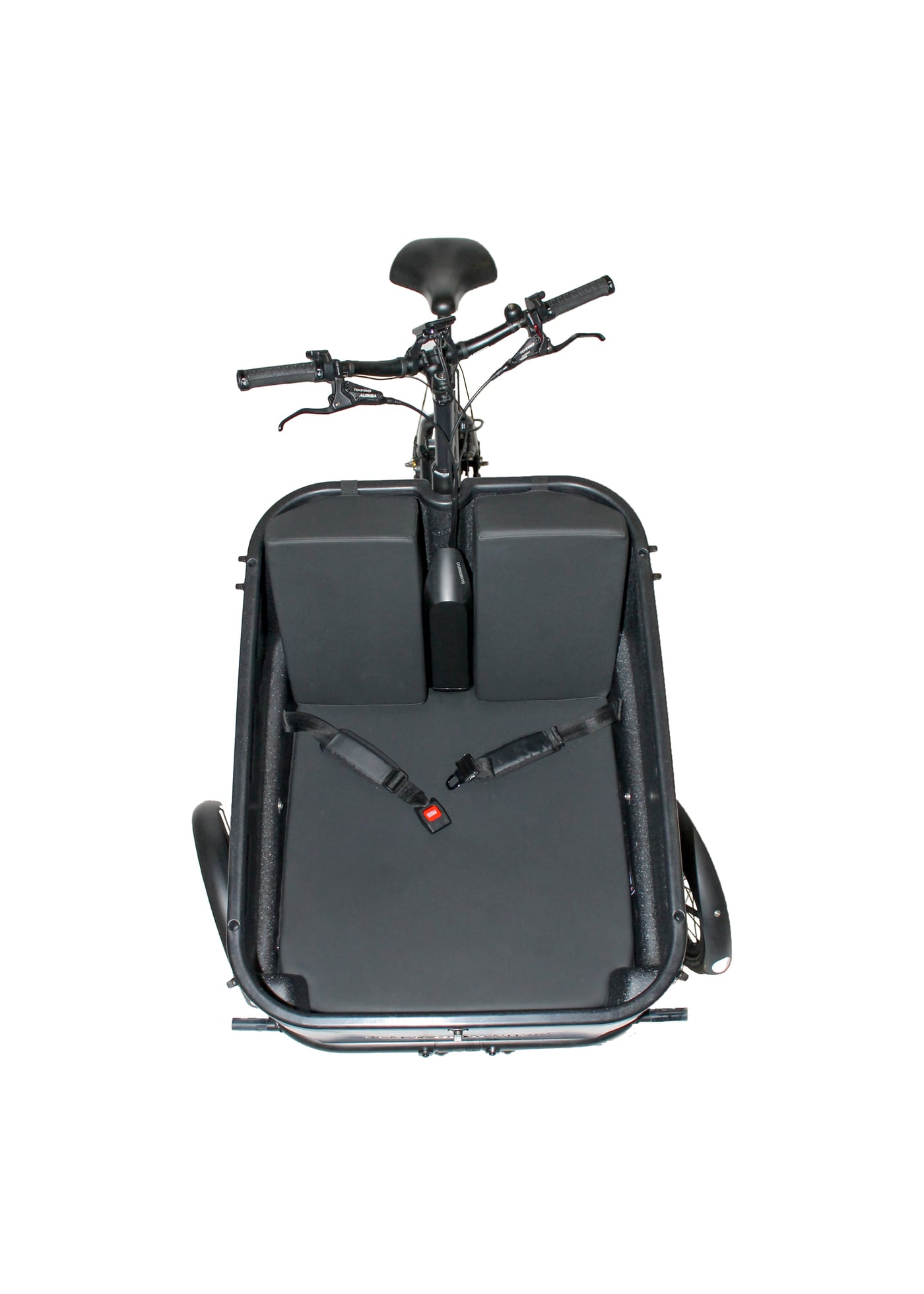
Speaking of the “cargo bike lifestyle” and the use cases, in your opinion, what are the best ways for cities to become more cycle-friendly?
There are two main ways:
The first thing is the infrastructure. There has to be some kind of infrastructure where you can feel safe, by that I mean bicycle lanes.
Secondly, cargo bikes are expensive, so some local governments are giving subsidies to help people make the switch. I’ve seen them work well in Germany. Some cities are also working with organizations that help people lease the bike, which helps with the price level.
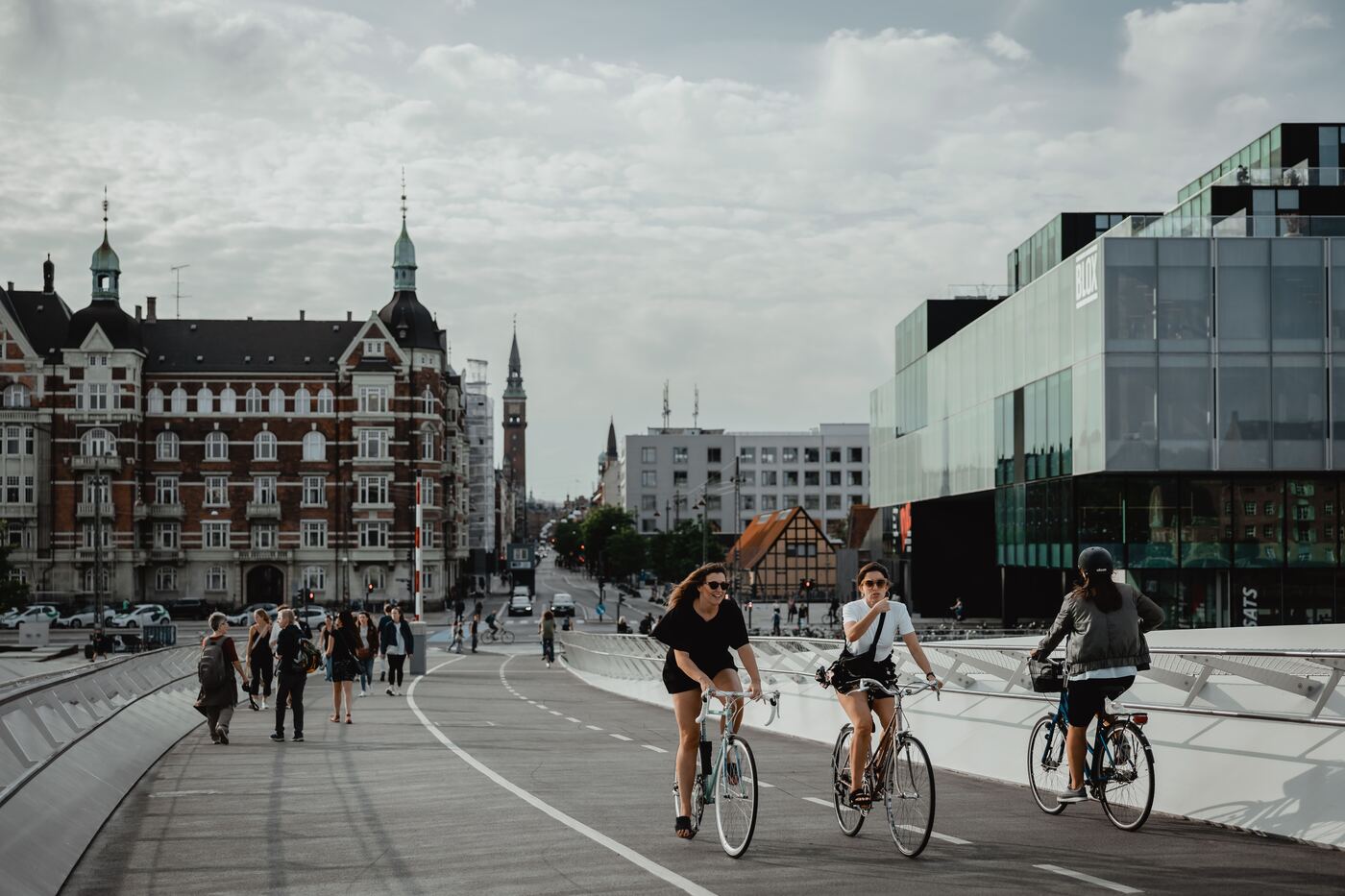
So reducing barriers to entry? It makes sense because when you’re looking at a cargo bike they can be the same price as a small car, which is a hard pill to swallow until you try it and realize how freeing it can be.
Exactly, that’s the point. I have a car and I never use it. I would rather be on the bike every day.
Lastly, is there anything you’d like to leave our readers with before we wrap things up?
I would say the obvious thing is that a cargo bike is a sustainable decision by definition because it’s not a car. Tick that off when you buy a bike.
But you have to think one step further about sustainability: where is that made? Under what circumstances is that sustainable thing made?
You can have a sustainable thing that is made in appalling conditions. So you have to think about that aspect as well. You have to not just buy a bike but also think about what kind of bike you are actually buying.
Interested in learning more about Black Iron Horse? You can check out their website here.
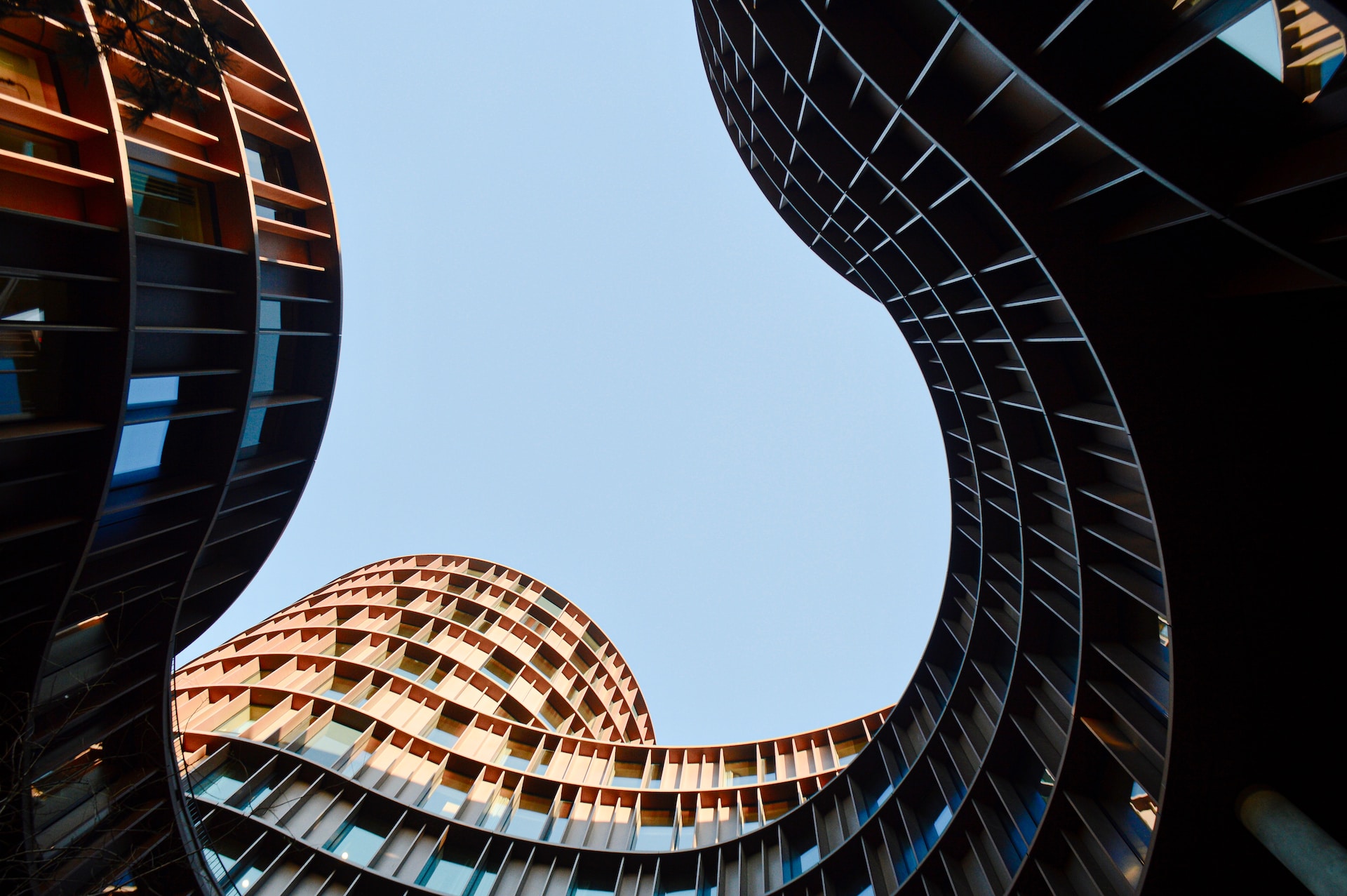
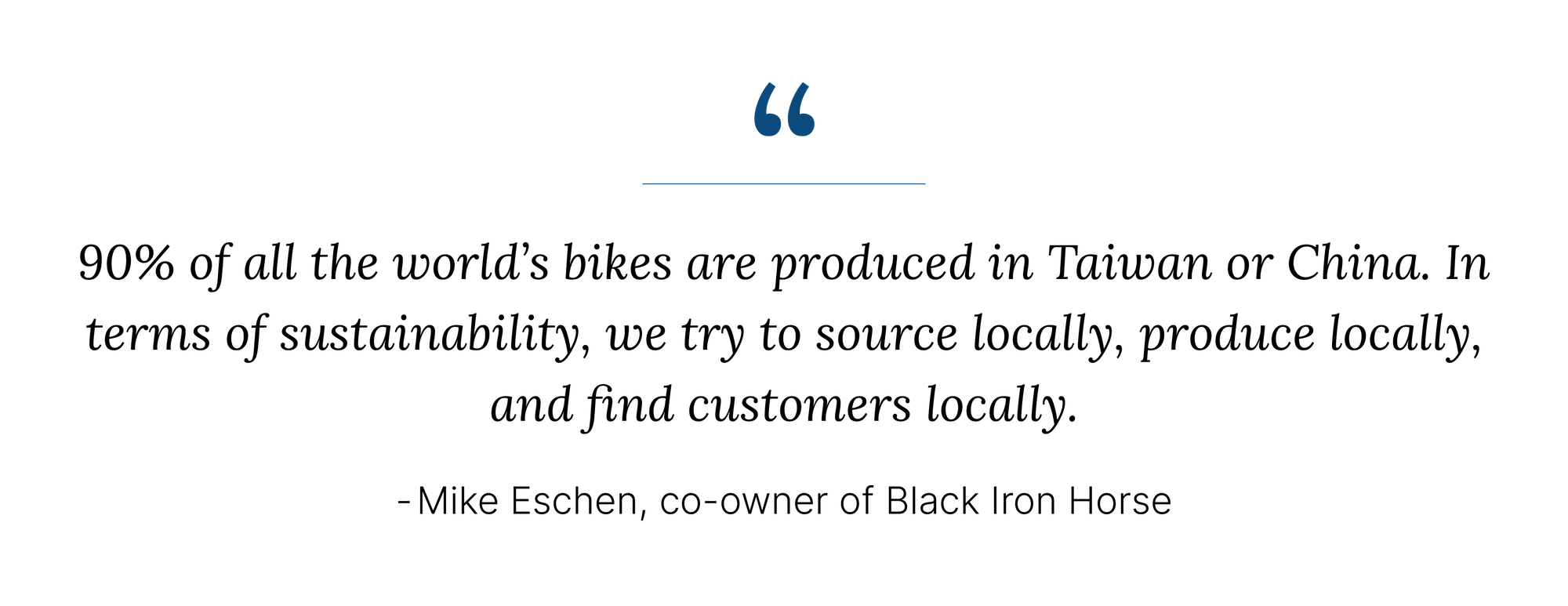 With all that in mind, what does sustainability mean to Black Iron Horse today?
With all that in mind, what does sustainability mean to Black Iron Horse today?

Leave a Reply